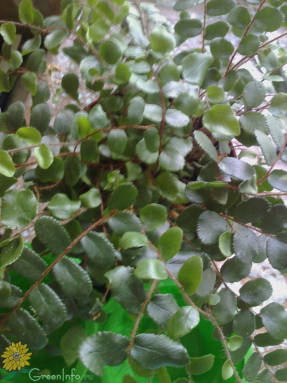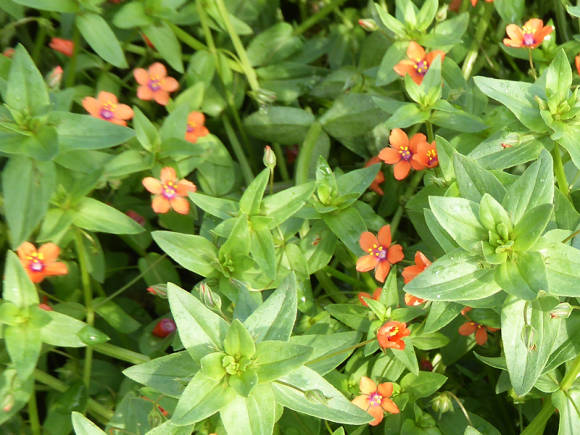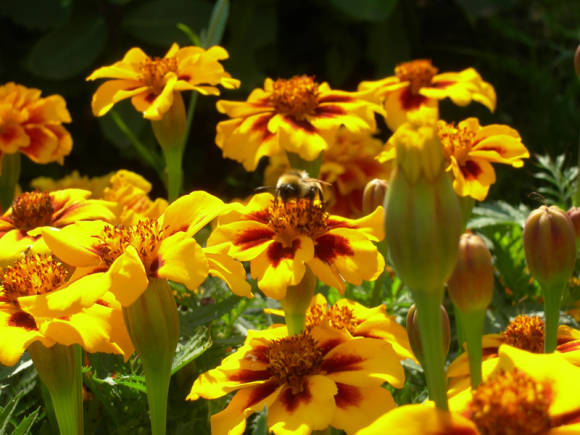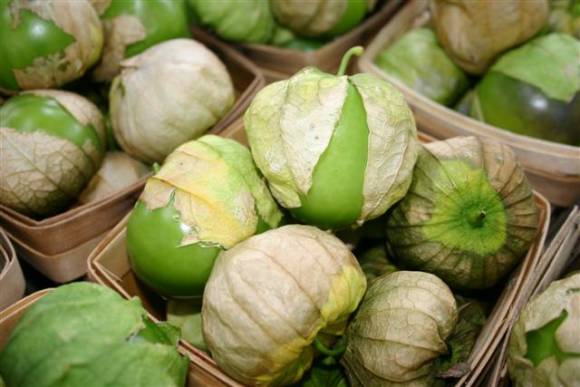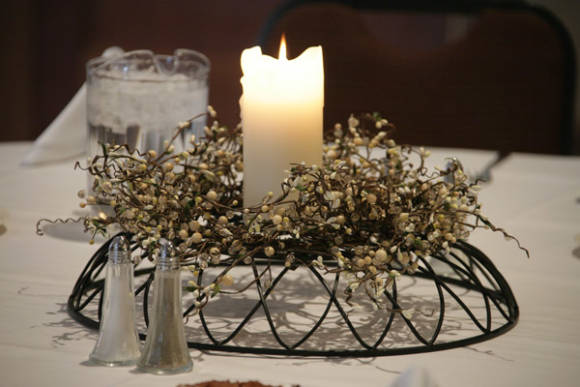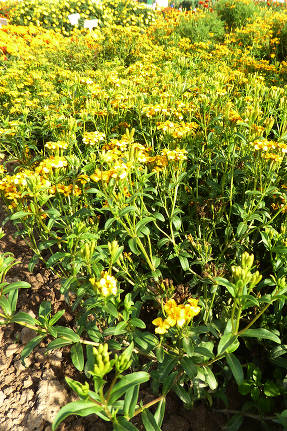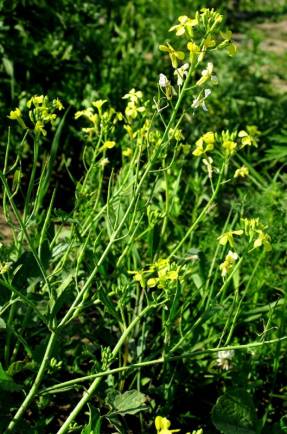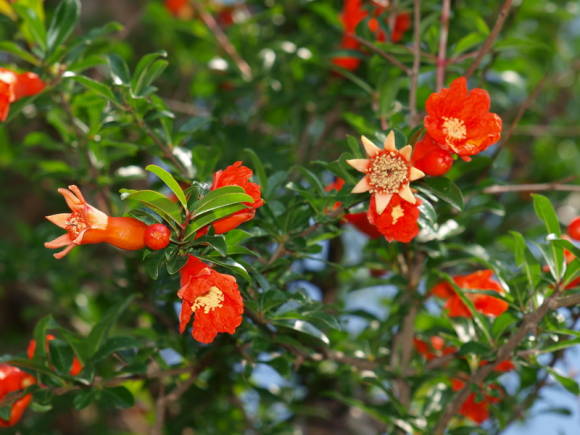Beomeria is snow-white (Boehmeria nivea) - an extremely variable species, widespread over vast territories of subtropical and tropical Asia. This plant, often called Chinese nettle, has been cultivated in Southeast Asia for five millennia.
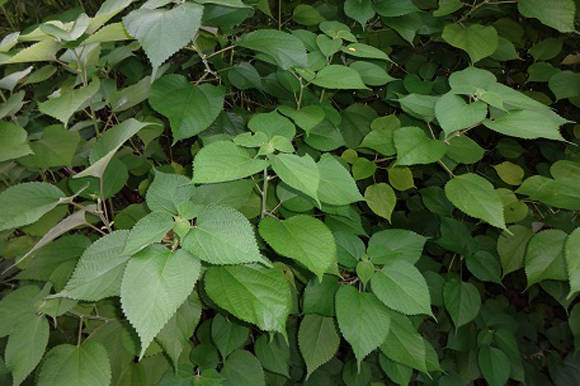
Fabrics for the nobility
It was from this nettle in China and Japan in ancient times that fabrics were made that were highly valued. In their structure, they were rather thin and transparent, therefore they were used to sew ceremonial clothes of very rich nobles, some copies of such costumes have survived to our times and can be seen in historical museums of Asian countries.
Ramie fabric in ancient Egypt during the period 5000-3000 BC used in the manufacture of mummies. It is believed that Dutch merchants brought ramies to Europe for the first time from the island of Java. The fabric found great demand in France, where it was called cambric. Nettle fabric has been officially exported from East Asia to Europe and the Western Hemisphere since the beginning of the 18th century, but it could not compete seriously with silk and linen. And the commercial production of garments from this fabric did not achieve any significant development in the West until the 30s of the twentieth century.
This plant came to Russia only at the end of the 19th century, on the Black Sea coast of the Caucasus and in Central Asia. Interest in ramie re-activated only in the eighties of the last century against the background of the growing popularity of environmentally friendly and hypoallergenic materials. But the significant high cost and complexity of the technological process of processing plant fibers, which is still carried out mainly by hand in countries where it is traditionally used, still inhibit the widespread production of nettle fabrics. Due to its many positive properties (high strength, which increases when the fibers become wet; durability, quick drying, resistance to decay, no shrinkage, pleasant silky shine, lightness and color fastness, etc.), ramie is often referred to by scientists as a textile fiber with great potential. ...

Other names for this plant in the world: Chinese grass, kankura, ramie, reya, ramie white.
In places of natural growth, bemeria can be found on the outskirts of the forest, in damp thickets along the streams in China, Bhutan, Cambodia, India, Indonesia, Japan, Korea, Laos, Nepal, Thailand and Vietnam.
Currently, the main industrial plantations of bemeria are located in China (mainly in the Jiangxi province, as well as in the provinces of Xian Gansu, North Henan, Hubei, Hunan, North Shaanxi and Sichuan), Indonesia, India, South Korea and the Philippines. Since the thirties of the twentieth century, this plant has been cultivated in South America, especially in Brazil.
The main producers of ramie fabrics today are China, the Philippines, Brazil, India, South Korea and Thailand, although only a very small percentage of their fiber production reaches the international market. The main importers of nettle fabrics are Japan, France, England, Germany.
Botanical portrait

The genus Beomeria, or Bomeria (Boehmeria) belongs to the Nettle family (Urticaceae) and has 96 species of perennial herbaceous plants and shrubs.
The name of the genus is given in honor of George Rudolf Boemer (1723-1803), professor of botany and anatomy in Wittenberg (Germany). And the specific epithet - snow-white - is most likely associated with the spectacular appearance of the underside of the leaves of this plant.
Beomeria, or snow-white bomeria (Boehmeria nivea) often also called ramie, is a perennial herb with a long life cycle. Its native habitat is the subtropical territories of Asia.
The plant has upright, multi-branched, slightly pubescent stems.Leaves, reaching 15–20 cm in length, resemble small hearts in shape, the surface of which is covered with small whitish hairs. Between the veins, the leaf plate has bulges, clearly reminiscent of belonging to the nettle family. Above, the leaf is dark emerald, with scattered pubescence, and from the underside it effectively casts silver due to the dense pubescence, reminiscent of felt. Young foliage has high decorative properties due to the presence of a wrinkled pattern of veins with a reddish tint. A characteristic feature for all members of the family is the aroma exuded by the leaves, as well as their opposite arrangement on the stems, which is also characteristic of the nettle family.
Flowering occurs from July to August. The flowers have a greenish or whitish tint, collected in inflorescences in the form of panicles located in the leaf axils. The size of the inflorescences hanging to the ground is in the range of 40-50 cm. At the beginning of flowering, the flowers have a snow-white color, but over time they become brown and dry quickly, but do not fly around, but remain on the plant for a long time. The fruit is oblong.
Read also articles:
- Chinese ramie nettle in fabrics, banknotes and cooking
- How ramie is grown
